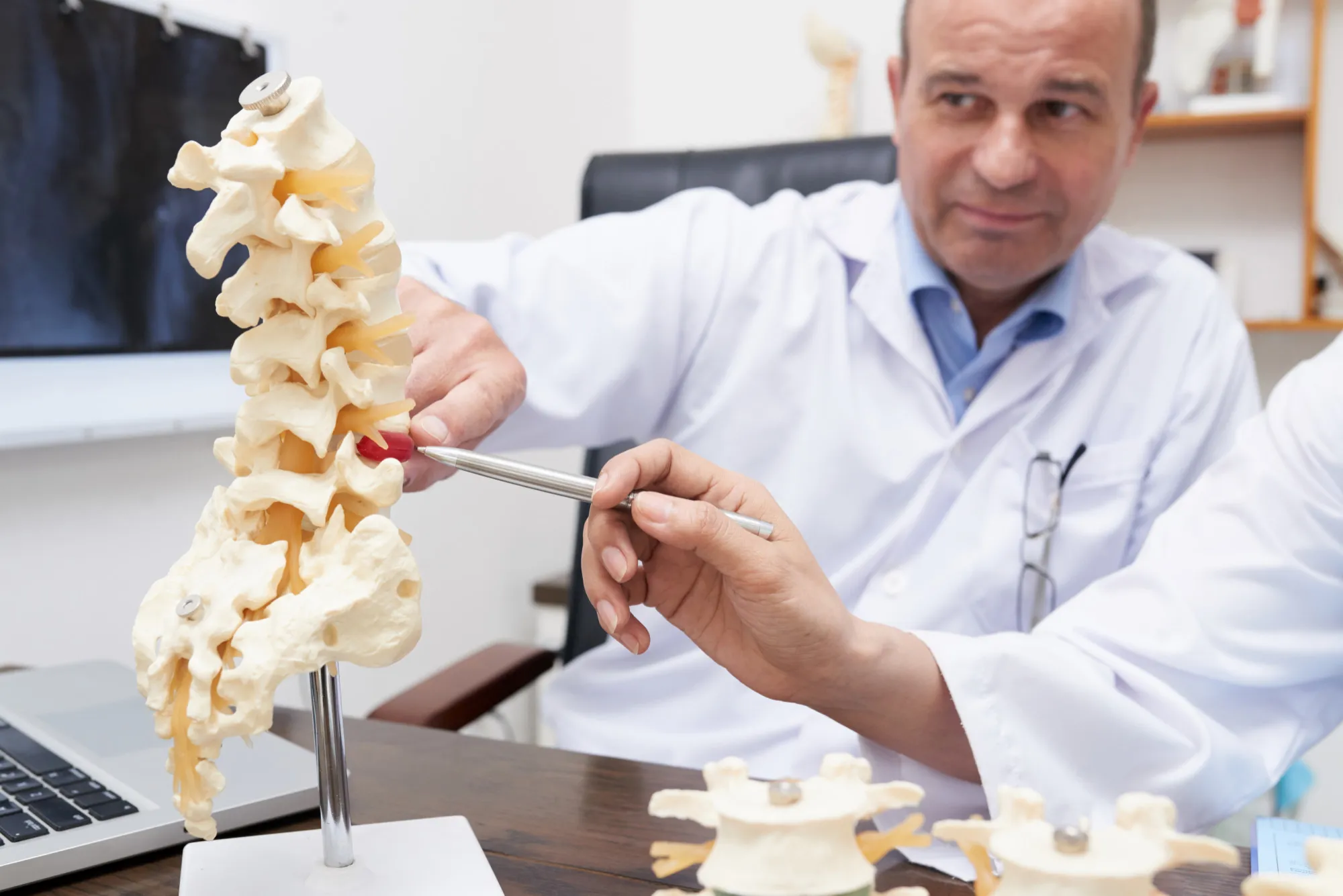Abstract
The use of proton pump inhibitors (PPIs) has been widespread for the management of acid-related gastroesophageal disorders. However, recent research suggests that long-term use of PPIs may be associated with an increased risk of fractures, particularly hip fractures. This comprehensive article reviews the evidence to date, drawing on longitudinal studies and investigating potential mechanisms behind this association. It also highlights the importance for clinicians to weigh the benefits of PPI therapy against potential risks, especially for patients at higher baseline risk for fractures.
Introduction
Proton pump inhibitors (PPIs) such as omeprazole and pantoprazole are among the most commonly prescribed medications globally, primarily for the management of peptic ulcers, gastroesophageal reflux disease (GERD), and Zollinger-Ellison syndrome. Despite their effectiveness in reducing gastric acid secretion and promoting mucosal healing, concerns have been raised about their long-term safety profile. One particular area of interest is the potential link between PPI use and an increased risk of bone fractures. Thong et al. have published an extensive review addressing this pressing concern in the “International Journal of Environmental Research and Public Health” (DOI: 10.3390/ijerph16091571), exploring the underlying mechanisms and clinical implications.
Evidence of the Association Between PPIs and Fracture Risk
Recent meta-analyses and population-based studies suggest that PPI use may lead to a modest increase in the risk of fractures, particularly hip fractures. However, these findings have not been universally consistent, and the strength of the association varies across studies. For instance, the review conducted by Thong and colleagues surveyed data from various longitudinal studies, shedding light on significant heterogeneity in outcomes.
Adams et al. reported an association between PPI use and an increased risk of hip fractures in men in a population-based case-control study, suggesting that the risk may be particularly relevant in elderly men (Ann. Epidemiol., 2014). Similarly, Fraser et al. recorded findings that pointed toward an elevated fracture risk in relation to PPI therapy from the Canadian Multicenter Osteoporosis Study (Osteoporos. Int., 2013).
Mechanisms Involved in the PPI-Fracture Risk Relationship
Several proposed mechanisms might explain the increased fracture risk associated with PPI use. These include impaired calcium absorption due to decreased gastric acidity, hypergastrinemia resulting in increased parathyroid hormone (PTH) secretion and subsequent bone turnover, and direct effects of PPIs on osteoclasts and osteoblasts.
1. Calcium Absorption: Reduced stomach acid from PPI use may hinder calcium carbonate absorption, which requires an acidic environment. Kopic and Geibel highlighted the potential impact of reduced gastric acid on calcium absorption and its implications for bone health (Physiol. Rev., 2013).
2. Hypergastrinemia: Increased gastrin levels can stimulate parathyroid hormone-related peptide, as suggested by Costa-Rodrigues et al., leading to imbalances in bone remodeling (FEBS J., 2013).
3. Direct Effects on Bone Cells: PPIs may directly influence bone cell activity. Costa-Rodrigues et al. and Prause et al. have delved into this, demonstrating that PPIs can affect the viability and function of both osteoclasts and osteoblasts in vitro (FEBS J., 2013; Mediat. Inflamm., 2015).
Clinical Implications and Recommendations
Given the potential risks associated with long-term PPI use, clinicians are advised to prescribe these medications judiciously and monitor patients closely. It is especially crucial for elderly patients or those with significant risk factors for osteoporosis and fractures. The guidelines published by the American Gastroenterological Association recommend evaluating the appropriateness of PPI therapy regularly and using the lowest effective dose for patients needing long-term treatment (Gastroenterology, 2017).
Conclusion
The evidence to date indicates a possible link between long-term PPI use and an increased fracture risk. While the mechanisms underpinning this association are complex and multifactorial, they underscore the necessity for prudent use of PPIs in clinical practice. Further research is needed to deepen understanding of the risks associated with PPI therapy and to develop strategies for mitigating potential adverse effects on bone health.
References
1. Thong, B.K.S., Ima-Nirwana, S., & Chin, K.Y. (2019). Proton Pump Inhibitors and Fracture Risk: A Review of Current Evidence and Mechanisms Involved. Int J Environ Res Public Health, 16(9), 1571. doi: 10.3390/ijerph16091571
2. Adams, A.L., Black, M.H., Zhang, J.L., Shi, J.M., & Jacobsen, S.J. (2014). Proton-pump inhibitor use and hip fractures in men: A population-based case-control study. Ann. Epidemiol., 24: 286–290. doi: 10.1016/j.annepidem.2014.01.004
3. Fraser, L.A., Leslie, W.D., Targownik, L.E., Papaioannou, A., Adachi, J.D. (2013). The effect of proton pump inhibitors on fracture risk: Report from the Canadian Multicenter Osteoporosis Study. Osteoporos. Int., 24: 1161–1168. doi: 10.1007/s00198-012-2112-9
4. Kopic, S., & Geibel, J.P. (2013). Gastric Acid, Calcium Absorption, and Their Impact on Bone Health. Physiol. Rev., 93: 189–268. doi: 10.1152/physrev.00015.2012
5. Costa-Rodrigues, J., Reis, S., Teixeira, S., Lopes, S., & Fernandes, M.H. (2013). Dose-dependent inhibitory effects of proton pump inhibitors on human osteoclastic and osteoblastic cell activity. FEBS J., 280: 5052–5064. doi: 10.1111/febs.12478
6. Prause, M., Seeliger, C., Unger, M., Balmayor, E.R., van Griensven, M., Haug, A.T. (2015). Pantoprazole Decreases Cell Viability and Function of Human Osteoclasts In Vitro. Mediat. Inflamm., 2015: 413097. doi: 10.1155/2015/413097
Keywords
1. Proton Pump Inhibitor Risks
2. PPI Fracture Association
3. PPI Long-term Effects
4. Gastroesophageal Reflux Disease Medications
5. Bone Health and Medication
